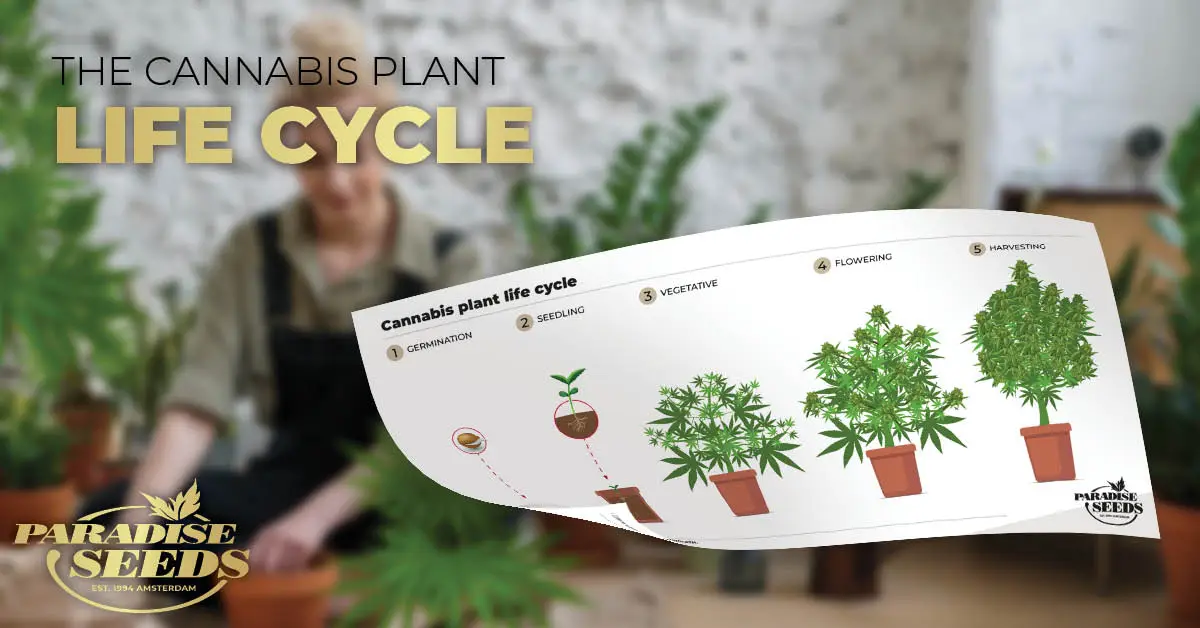This cultivation guide for Cannabis takes a look at all four stages the plant goes through during its life and details common issues that growers face in each of these stages.
Contents
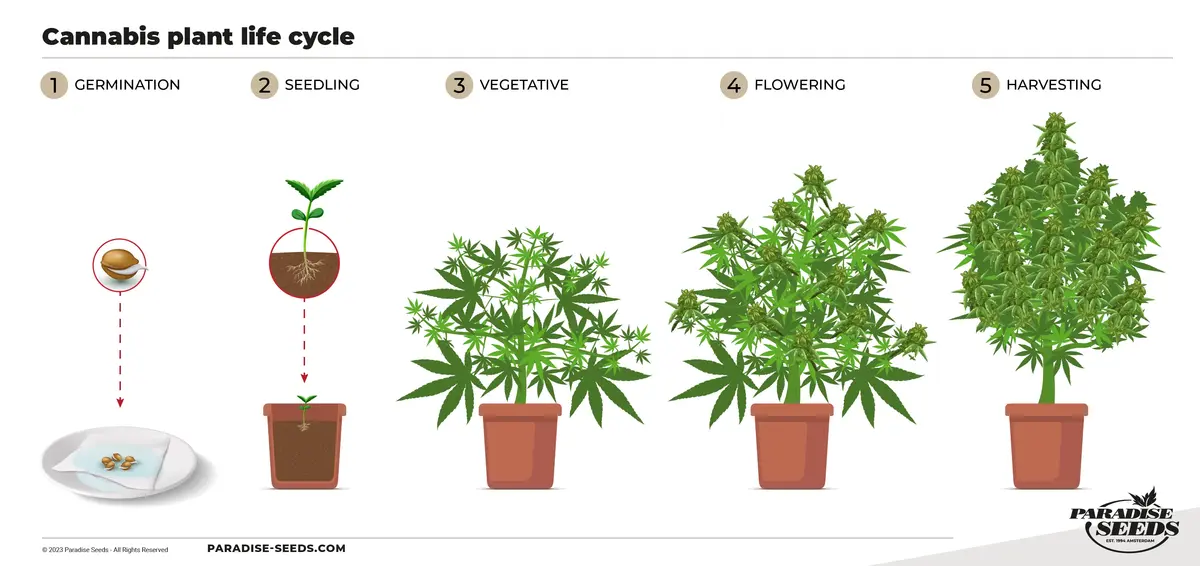
The information related to the cannabis cultivation stages comes from the Paradise Seeds knowledge base of grow related articles, with tips and guides for indoor and outdoor cannabis growers.
This article about the four cannabis growing stages provides links to blogs which draw on the experience of long-time weed cultivators, cannabis innovators and interactions with customers who have shared their experience of growing cannabis seeds.
Cannabis growing stages: Seed germination
Cannabis seed germination is stage one of the cannabis cultivation cycle and generally takes between 2–7 days. During this important cannabis growth stage, the dry seed ‘imbibes’ water through its seed coat.
This action softens the seed outer casing and allows the seed inside to swell. Through this process the seed coat splits and throws out a taproot.
As the seed germinates the embryo accesses energy from the activation of enzymes, causing the seed to take off on its journey through the cannabis plant growth stages.
Popular cannabis seed germination methods
There are a couple of techniques which have been tried and tested by generations of cannabis growers at this beginning step of the cannabis growing stages:
- The wet tissue paper method.
- The glass of water method.
These popular methods which are the key to moving to the next stages of growing cannabis are discussed in more detail in our article Methods to Germinate Cannabis Seeds or check out this germination video from Top Shelf Grower on the Paradise Seeds Youtube channel.
Common issues with cannabis seed germination
- Overwatering can cause the seed to rot and in some cases drown.
- Planting too deep if your weed seed is planted direct into soil.
- Human interference in the form of prodding fingers (let nature take its course!).
- Temperature fluctuations – if the seed is too cold it won’t want to grow.
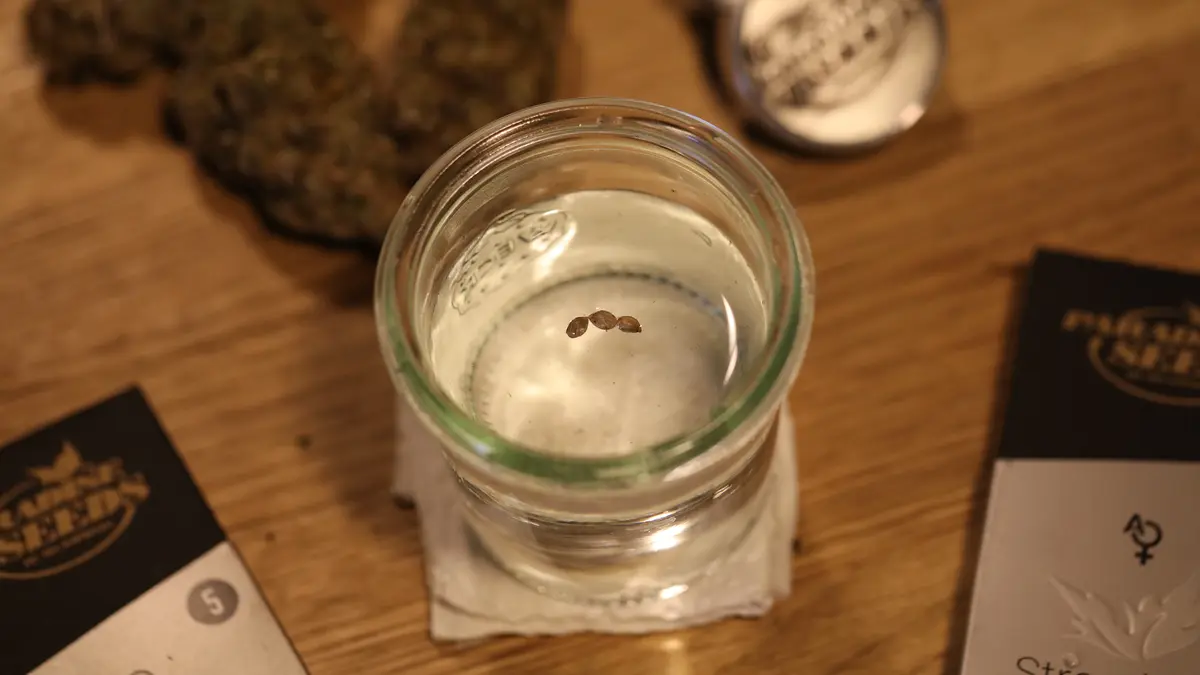
Cannabis growth stages: Cannabis Seedling stage
The next of the cannabis growing stages is commonly referred to as the seedling phase. A cannabis seed begins to develop into a seedling when the shoot breaks the surface of the soil and grows as it follows the light, exhibiting the stem and the first tiny leaves.
Meanwhile, unseen below, the root is establishing the plant by fixing it into the soil and taking up the necessary nutrients and water to sustain the cannabis seedling’s growth.
For this reason, the cannabis seedling phase of the cannabis growing stages is one of the more delicate periods of cannabis plant growth.
As the cannabis seedling stage process develops this dual expansion (from above and below) fuels new growth and prepares it for the next cannabis plant growth stages. New leaves create energy through photosynthesis – drawing energy from the sun outdoors or artificial light indoors.

In most cannabis plant cultivation circumstances, seedlings will be started in small pots and then transplanted into bigger pots, or placed directly into the soil. The cannabis seedling stage transplanting process needs some care to ensure that plants make the transition with minimal stress.
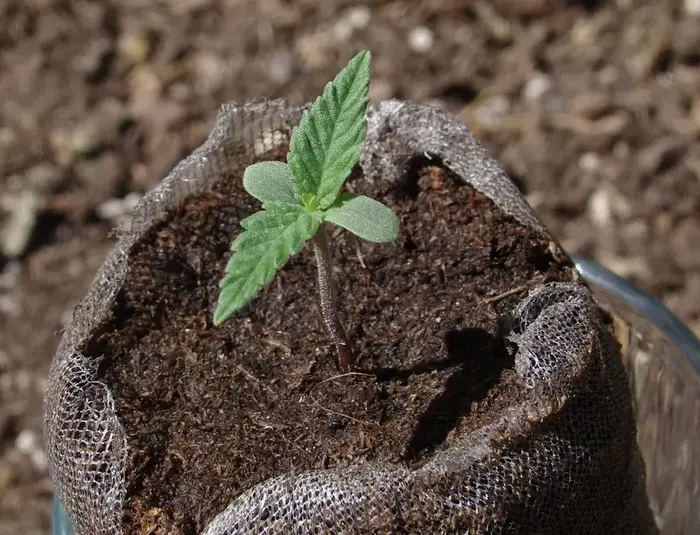
Common issues in the seedling stage
- Over fertilization will cause nutrient overload and affect the seedling’s health.
- Too much or too little light during the cannabis seedling stage will affect its growth pattern. Explore this lighting issue.
- If the seedling has to chase the light (a pot on a sunny window sill for example as the sun moves away, or indoor lights set too high), will create a ‘leggy’ (ie spindly) seedling.
- Seedlings are vulnerable to temperature fluctuations.
- Seedlings can be vulnerable to fungus and disease such as pythium wilt (‘damping off’), mildew and root rot.
- Pests can be an issue.
Cannabis growth stages: vegetative stage
The next growth phase sees rapid cannabis plant growth as the vegetation stage produces many more branches and leaves above the soil.
Meanwhile below the soil the plant’s root system is expanding to feed this new growth, absorbing nutrients and water.
While the vegetation stage (also referred to as veg or vegging) tends to be categorized as one phase, for better understanding of the cannabis growth cycle it can be broken down into four different stages:
- Establishment: In its first two weeks, the establishment phase sees the seedling accelerate its growth and enter the veg stage (after developing 6 – 8 sets of proper leaves), throwing out a more extensive root system.During this stage it is essential to give the plant what it needs to thrive; water, light and nutrients.
- Vegetative growth: Once established this cannabis growth stage continues at pace, developing vertical stem growth and more branches and leaves. In an indoor setup this phase is accompanied by an 18/6 light/dark hours cycle.Outdoors, the cannabis veg stage will depend on the hours of natural light and will last until the hours of light dip below 12 hours.
- Pre-flowering: At this point the plant reaches sexual maturity and begins to develop pre-flowers. Traditionally this was a time to separate males (which display pollen sacks or ‘balls’) and females (which display two pistils at the base of the bud site), but this is not an issue with feminized cannabis seeds.
- Transition to flowering: As the light cycle changes (either artificially or naturally) to 12 hours of light or less, the cannabis plant will move from the vegetative phase to the flowering phase. Its energy focus changes from developing leaves and branches to developing flowers (buds).
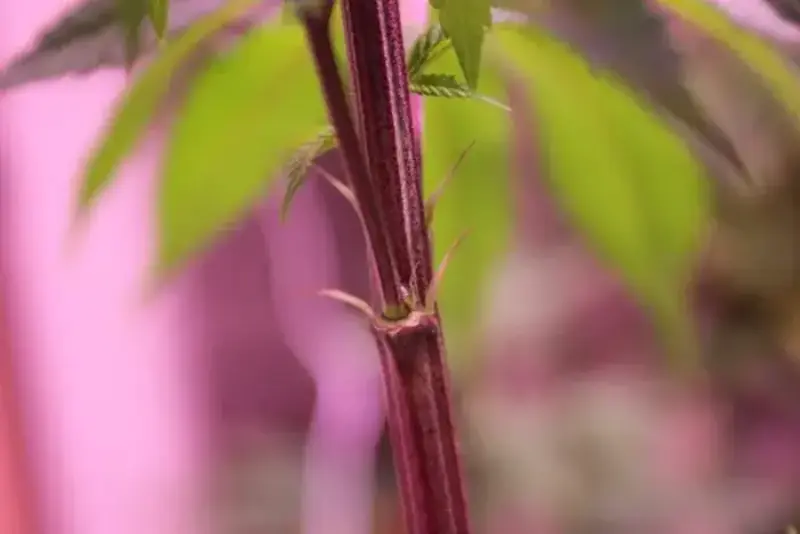
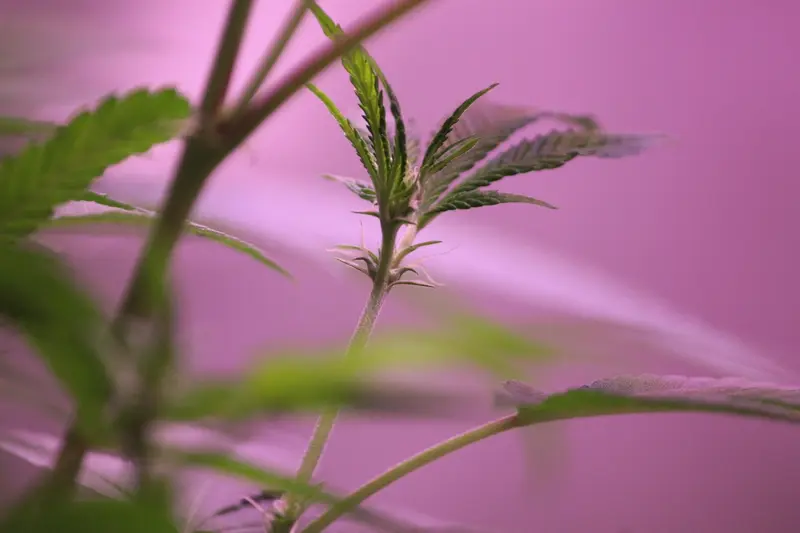
The vegetation phase of the cannabis growth cycle stays the same – it is dependent on hours of light that plants receive – but it will make a difference if the grower is cultivating indoor or outdoor. When does the vegetative stage end? When that light cycle changes to 12 hours (or less) of light.
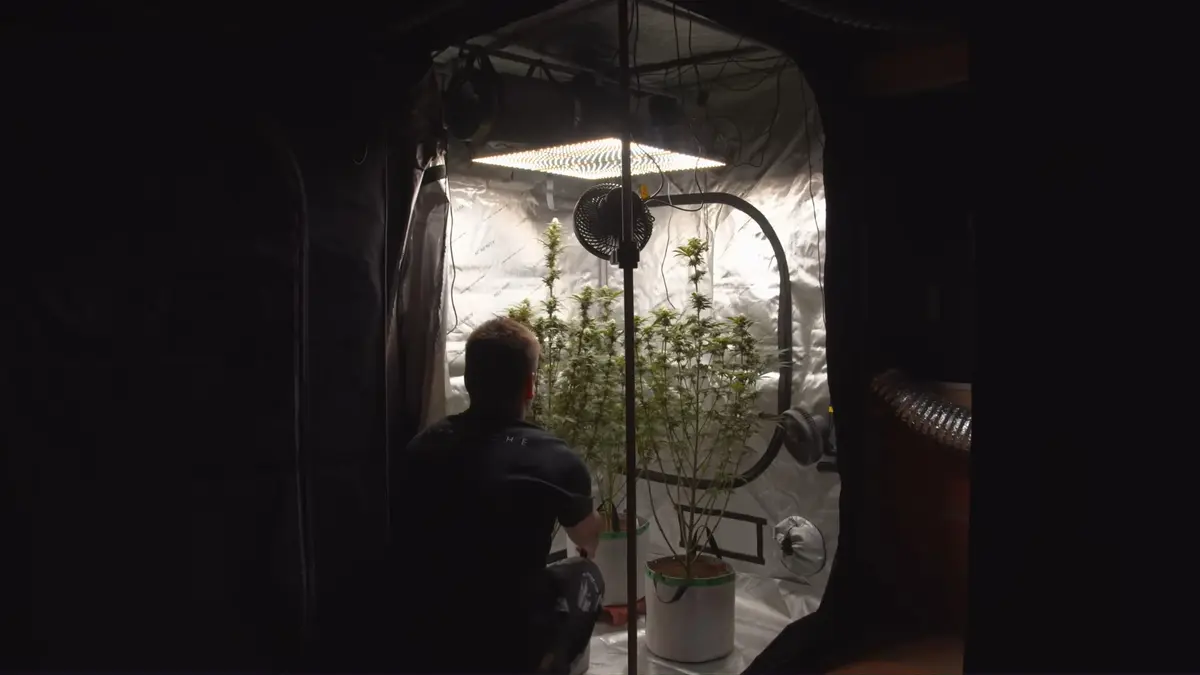
With an indoor setup, the grower has total control over the environment, as with each of the cannabis growing stages, so can dictate how long the vegetative stage lasts.
Some growers prefer a short veg stage, while others prefer a longer period to allow their plants to develop. Based on these variables, the veg time normally lasts between 2 -8 weeks.
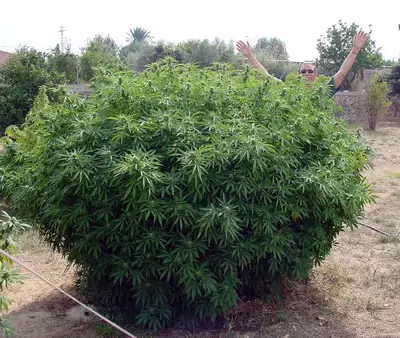
With an outdoor setup, nature dictates when plants begin to bud and the veg stage will generally last up to 3 months.
It is worth noting that the flowering stage will start later for growers in northern regions where days are longer in the summer compared to regions nearer to the equator.
For this reason many northern region outdoor cannabis seed growers prefer to cultivate autoflowers (60 days from planting to harvest).
More advanced cannabis growing techniques during vegging may be used to train weed plants, either to better fill a grow space or to manipulate the flower development to improve harvest potential. Common training techniques you can read more about are:
- LST Low Stress Training)
- SCROG (Screen of Green)
- SOG (Sea of Green)
- Super-cropping
- Topping
- Fimming
- Lollipopping.
Common issues in the vegetative stage
- Plants are vulnerable to pests, especially outdoor weed plants.
- Weaker plants are more susceptible to disease.
- Nutrient and pH issues (follow the links for solutions).
- Over or under watering, especially for outdoor plants which are exposed to the elements.
- Inadequate light source.
Cannabis growth stages: Flowering phase
The flowering stage of the cannabis plant is the business end of the cannabis growth cycle! This is the instalment of the cannabis growing stages where all the hard work pays off with the harvest of buds.
Consequently, it is most people’s favorite cannabis stages of growth!
However, to get to harvest the grower has to navigate between two and three months of flower development. Most strains take between 8 – 10 weeks to flower and will require nutrients through most of this phase to maximize yield potential.
The basic stages of cannabis flowering (also known as the budding) are:
- Early flowering stage: During this time the plant will begin to produce small white hairs, or pistils, at the base of the buds. This period usually lasts for a couple of weeks and is a sign that the plant’s energies are now focusing on flower development.
- Mid flowering stage: In this period, the pistils become more defined and the flowers/buds begin to formulate trichomes, which are glands that produce resin (which is why buds are oily), cannabinoids and terpenoids.Meanwhile, during this extended period of approximately 6 weeks buds will expand and firm up. Eventually buds will show signs that they are almost ready to harvest through color changes in trichomes and pistils.
- Late flowering cannabis growing stage: The plant reaches its maturity and the flowers are fully developed, which usually means branches full of dense fat buds. By now changes in trichome color and pistils are obvious and a cannabis plant’s leaves will start to brown and die off.One of the best ways to judge if a plant has completed its stages of cannabis flowering and is ready to harvest is when the trichomes change from clear to milky. Nutrients are stopped, usually 1 -2 weeks before harvest time and plants are ‘flushed through’ with water.
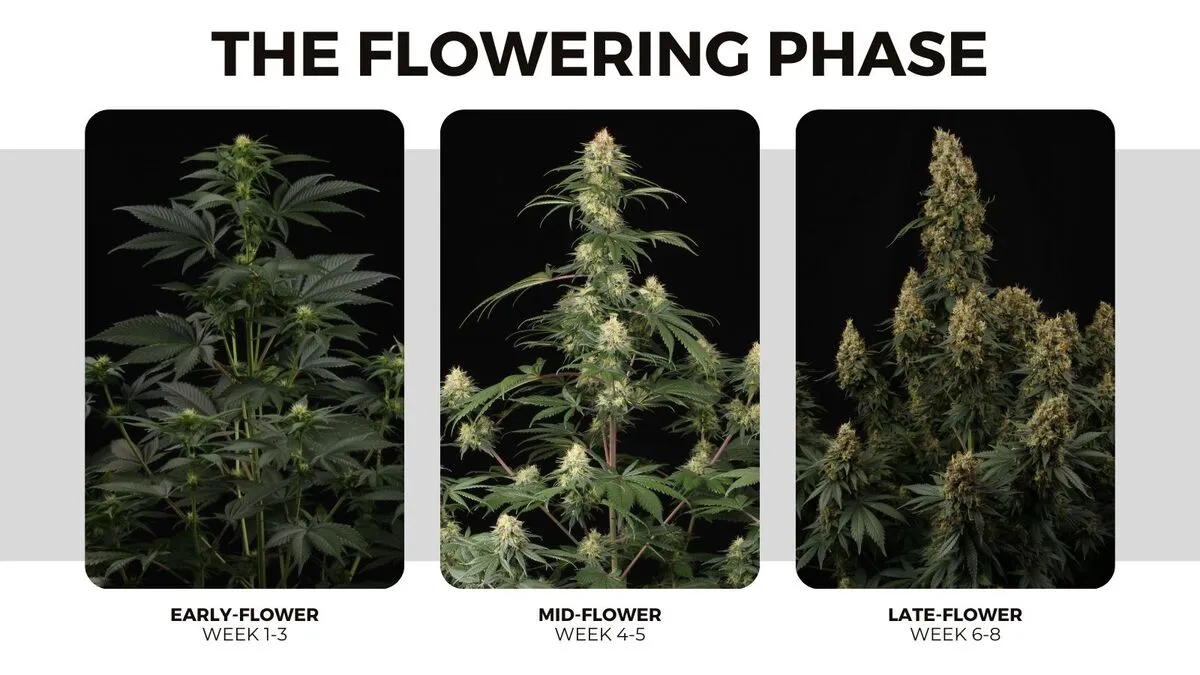
Common issues in the flowering stage
- Light pollution can mess up the plant’s biological clock.
- Nutrient and pH issues.
- Pests attacking the plants and affecting the final yield. Read more about pest control.
- Pungent smell which may attract unwanted attention from neighbors.
- Airborne disease such as mold and fungus due to temperature and humidity fluctuations.
- Plants turning hermaphrodite (also referred to as a ‘hermie’) due to stress.
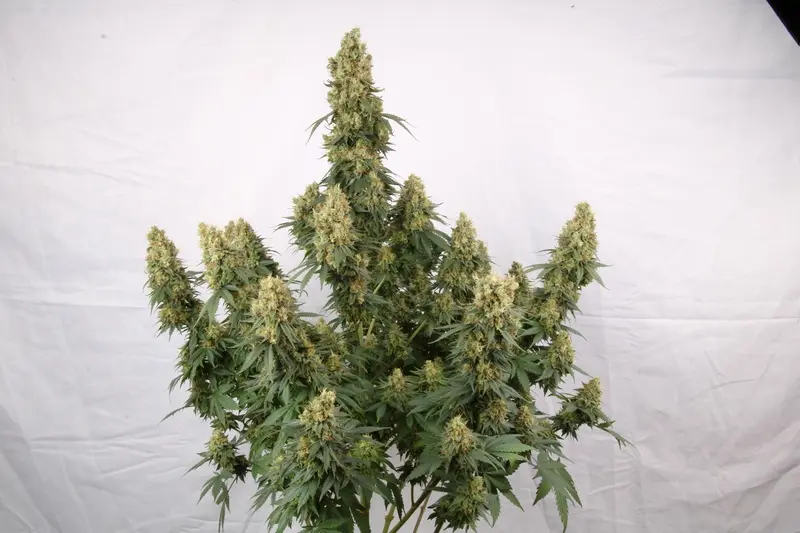
Choosing the right strains
Germination is the first part of the cannabis growing stages journey for every Paradise Seeds customer who has just broken the seal on their seed order. But planning for a successful grow, one that maximizes all the marijuana stages of growth, actually begins with ordering the right seeds.
When choosing the right cannabis seeds for an indoor or outdoor weed cultivation space, it’s always a good idea to think ahead. What type of strain do you want to grow – feminized photoperiod or autoflowering strains – and is that the best option for your cultivation environment and growing circumstances?
Consider factors like do you have restricted space/height, do you have a problem with mold growing outdoors or do you need a plant that can withstand high temperatures? If you’re growing outdoors then you will have different variables if you are growing in southern regions or northern latitudes.
Choosing the right cannabis seeds will increase your success rate! Choosing cannabis seeds from a trusted seed bank gives a germination rate guarantee (96%+ from Paradise Seeds for example).
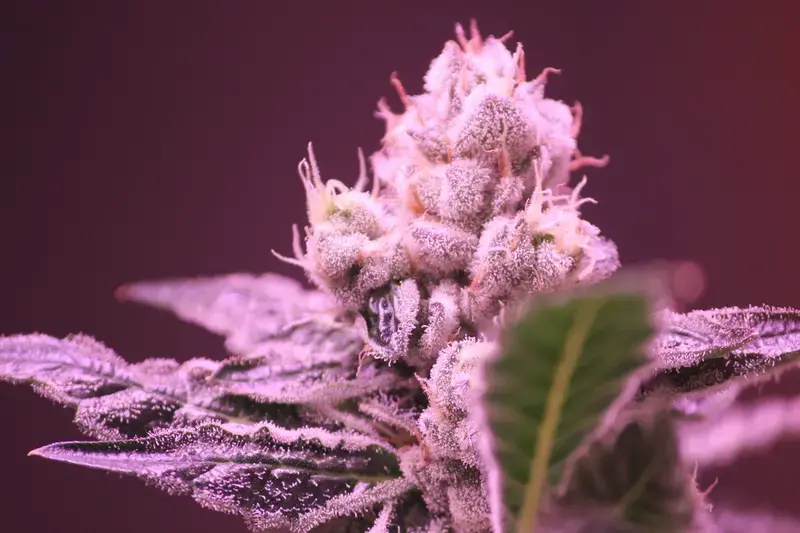
Conclusion
Each of the cannabis growing stages (germination, seedling, vegetative, flowering) presents its own unique challenges as well as similar issues with environment, nutrients and pests.
However, with the correct care at each of the cannabis growing stages the grower can expect a healthy harvest of prime bud when harvest day arrives!


